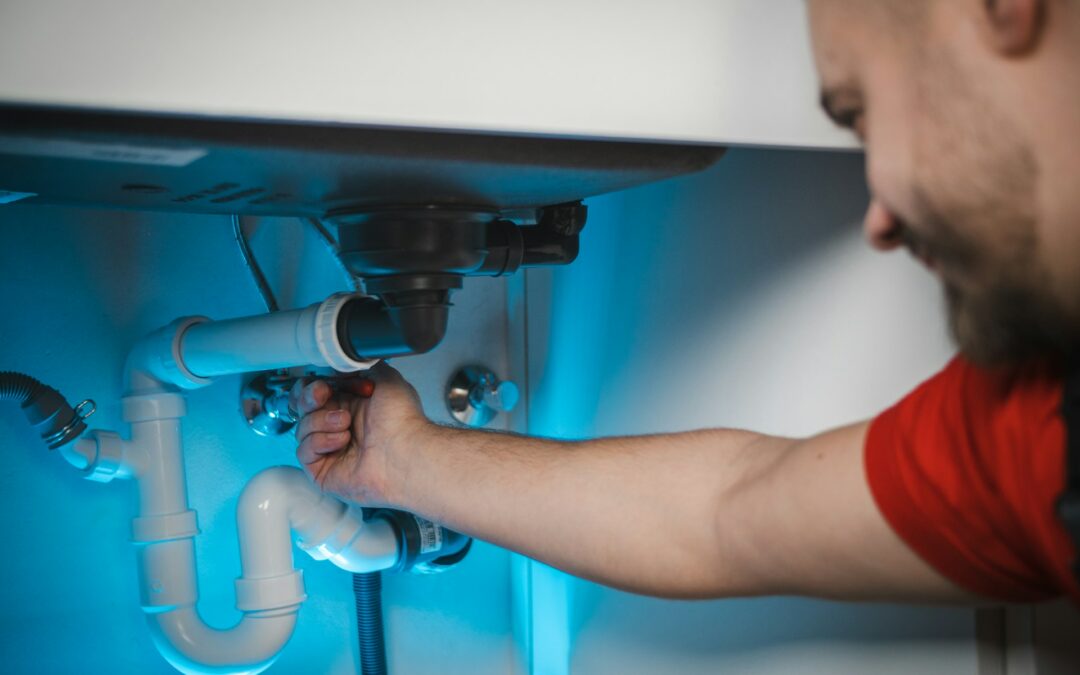A well-functioning plumbing system is crucial for the comfort and convenience of any household. To ensure the longevity and efficiency of your plumbing system, it is vital for homeowners to carry out regular maintenance checks. At Shoreway Plumbing, your trusted Menlo Park, CA plumbing experts, we believe in helping our clients take a proactive approach to maintaining their home plumbing systems. In this article, we will provide a comprehensive plumbing maintenance checklist that will help you prevent costly repairs and ensure the smooth operation of your system.
By adhering to a regular maintenance schedule, you can identify potential issues before they escalate and keep your home’s plumbing system running efficiently. This not only saves you money on repairs but also contributes to the overall value of your property. Our plumbing maintenance checklist will cover essential tasks and tips in various areas of your home. By following this checklist, you can feel confident in your ability to keep your plumbing system in excellent condition, preserving both its functionality and the value of your home.
1. Inspecting for Leaks and Signs of Water Damage
One of the most critical steps in maintaining your plumbing system is to inspect for potential leaks and signs of water damage regularly. This includes checking under sinks, around toilets, and nearby water-holding appliances. Look for any moisture, mold, or pooling water, as these are all indicators of a possible leak.
Additionally, pay attention to your water bills. An unexpected increase in water usage may indicate a hidden leak. If you suspect a leak, it is crucial to call a qualified plumber to assess the situation and determine the source of the problem.
2. Testing Water Pressure and Flow Rate
It is essential to test your home’s water pressure regularly, as excessively high water pressure can cause stress on your pipes and fixtures, leading to premature wear and potential leaks. Use a water pressure gauge to determine your home’s pressure, and if it exceeds the recommended range of 40-60 PSI, consider installing a pressure regulator to avoid potential issues.
Also, monitor your home’s water flow rate by timing how long it takes to fill a bucket or container. Low flow rates may be an indicator of buildup or sediment in your pipes, requiring further investigation or professional attention.
3. Maintaining Your Water Heater
Your water heater is an essential component of your plumbing system. To ensure its longevity and efficiency, regular maintenance is necessary. This includes flushing the water heater tank at least once a year to remove sediment buildup, preserving its heating efficiency, and preventing corrosion.
Additionally, inspect the pressure relief valve by lifting the valve and allowing water to flow out. If no water flows when the valve is opened, the valve may be faulty and should be replaced. Inspecting the anode rod for corrosion and replacing it when necessary can also help prolong the lifespan of your water heater.
4. Cleaning and Unclogging Drains
Clogged drains can cause various plumbing issues, from slow draining sinks to unpleasant odors. To avoid clogs and maintain the functionality of your drains, incorporate regular cleaning into your maintenance routine. Use natural solutions, such as a mixture of vinegar and baking soda, to dissolve and remove buildup in your drains. Consider using a drain screen or strainer to prevent debris and hair from entering your drains, reducing the chances of clogs.
If you frequently experience clogs or slow drains, it may indicate a larger issue within your plumbing system. In this case, it’s essential to consult a professional plumber for a thorough assessment and appropriate solutions.
5. Checking All Plumbing Fixtures and Appliances
Regularly inspect and maintain all plumbing fixtures and appliances in your home. This includes checking faucets and showerheads for leaks and ensuring proper water flow. Clean aerators on your faucets to ensure proper water pressure and ensure that toilets are flushing correctly without any leaks or water waste.
In your kitchen, monitor your garbage disposal for odors and proper functioning and ensure your dishwasher connections are secure and free from leaks.
6. Inspecting and Maintaining Your Home’s Sewer System
A functional sewer system is vital to your home’s plumbing health. Regularly inspect your sewer system for any signs of damage or blockage, including persistent foul odors or slow-flushing toilets. Schedule a professional sewer line inspection and cleaning every few years to avoid issues like tree root intrusion and blockages.
By maintaining your home’s sewer system, you can prevent costly repairs and ensure your plumbing functions properly.
Conclusion
Regular plumbing maintenance is essential for keeping your home’s plumbing system in top condition, preventing costly repairs, and ensuring efficient performance. By following our comprehensive checklist and addressing any potential issues promptly, you can ensure the continued functionality and value of your home’s plumbing.
Do you need help with your home’s plumbing maintenance or have concerns about potential issues? Contact the experienced technicians at Shoreway Plumbing in Menlo Park, CA, for professional advice and top-quality plumbing services. Get in touch with us to learn more about our full range of services and how we can help keep your plumbing in top shape.

